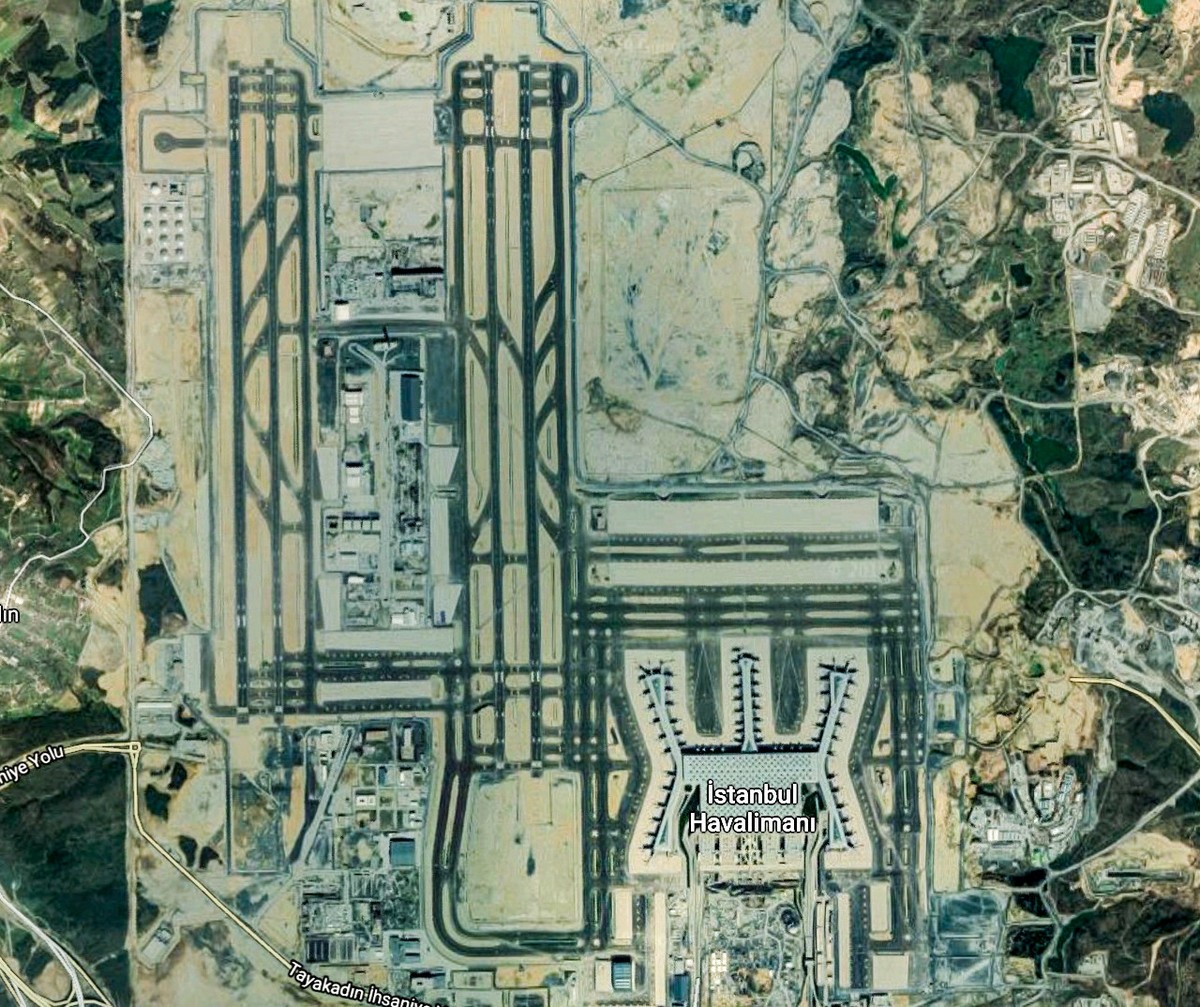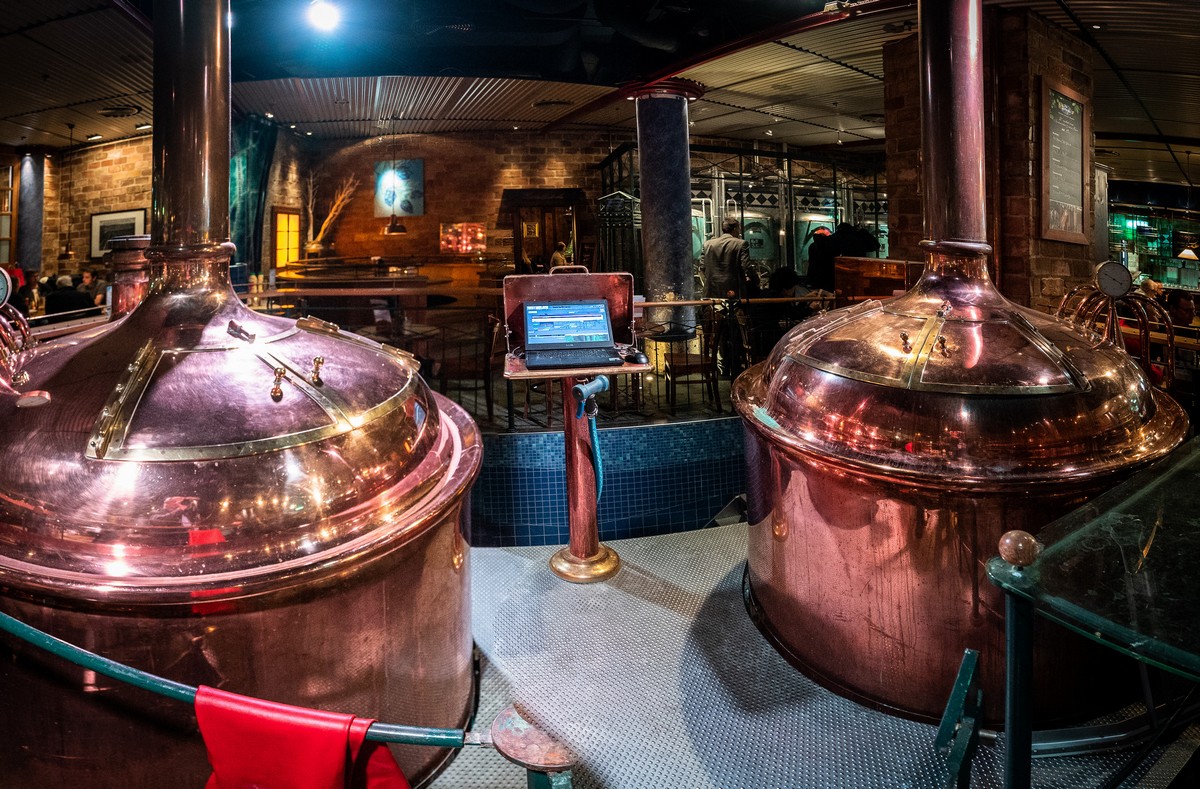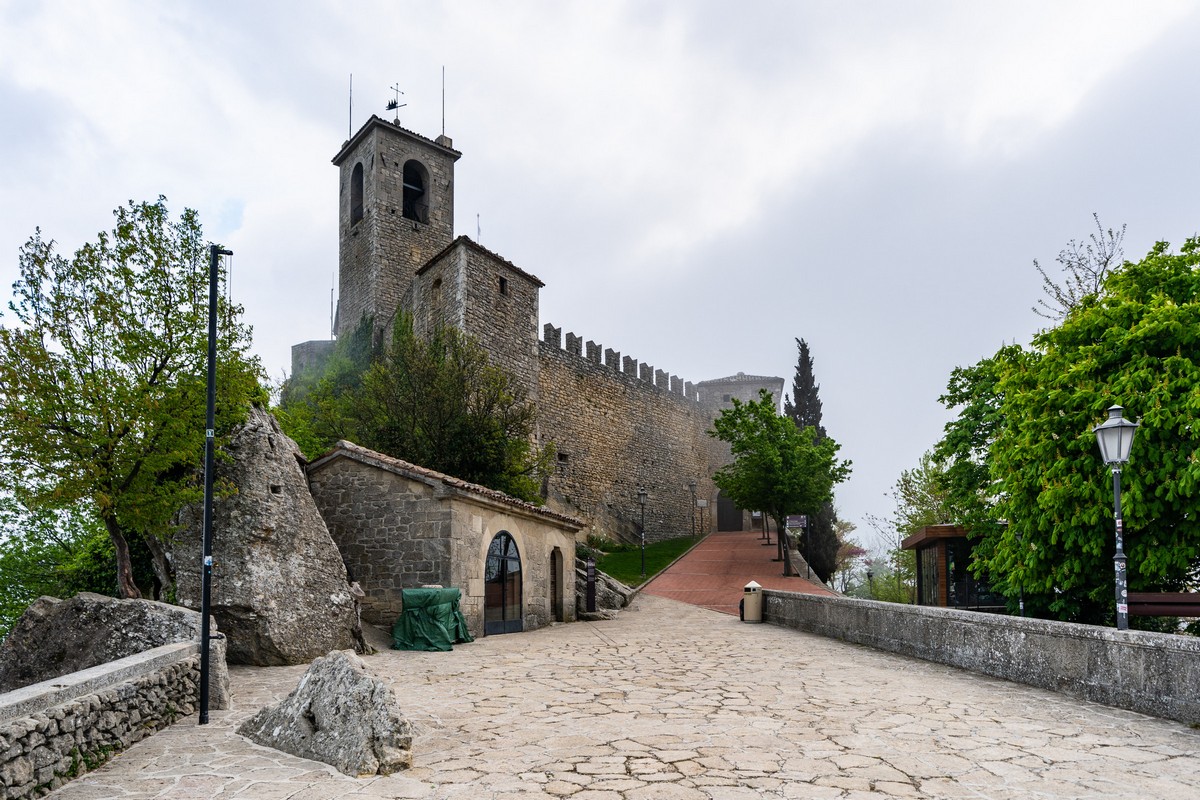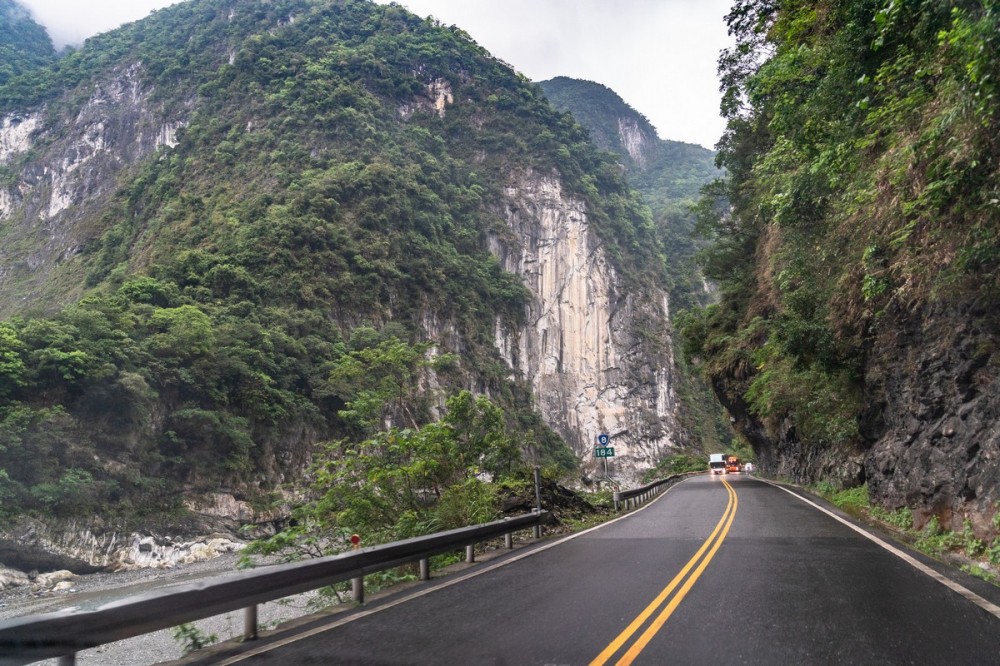May 31, 2019
Istanbul’s new airport: humungous, ambitious – and delicious!
A new airport has opened in Istanbul! And about time too, for the former main airport had long since been overstretched but couldn’t be expanded because it’s in the city itself (it’s now used just for cargo, business and other unscheduled flights), while the national carrier has been impressively expanding its geographical spread of destinations around the globe. Woah: a quick glance at Wikipedia tells me that that geographical expansion is so impressive that it’s given Turkish Airlines the highest number of countries served by an airline – a whopping 121! The second highest is Air France, but way behind TK with just 91. Turkish is also sixth in the rankings of most destinations (304 cities) served, with only international cargo and US airlines ahead of it (i.e., hardly the fairest of comparisons). It’s also tenth in the world on fleet size – again behind US/Chinese/postal behemoths (and Ryanair:). But I digress…
So it was logically decided some years ago that Istanbul needed a new, bigger airport hub – a grandiose one; therefore one was built on a greenfield site outside the city. It’s size is 6 x 4.5km; it has four (!) runways each four kilometers long; and a gigantic terminal some 800×400 meters (that’s the main building, not including all walkways to the gates). In a word three words: oh my ginormous!
Here’s the view from up top:





















